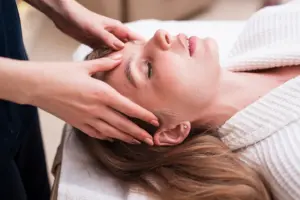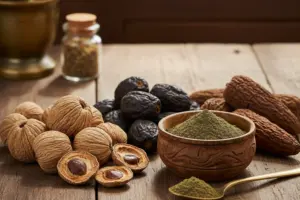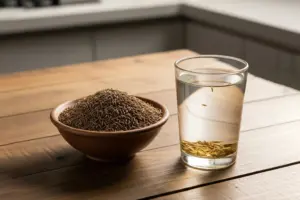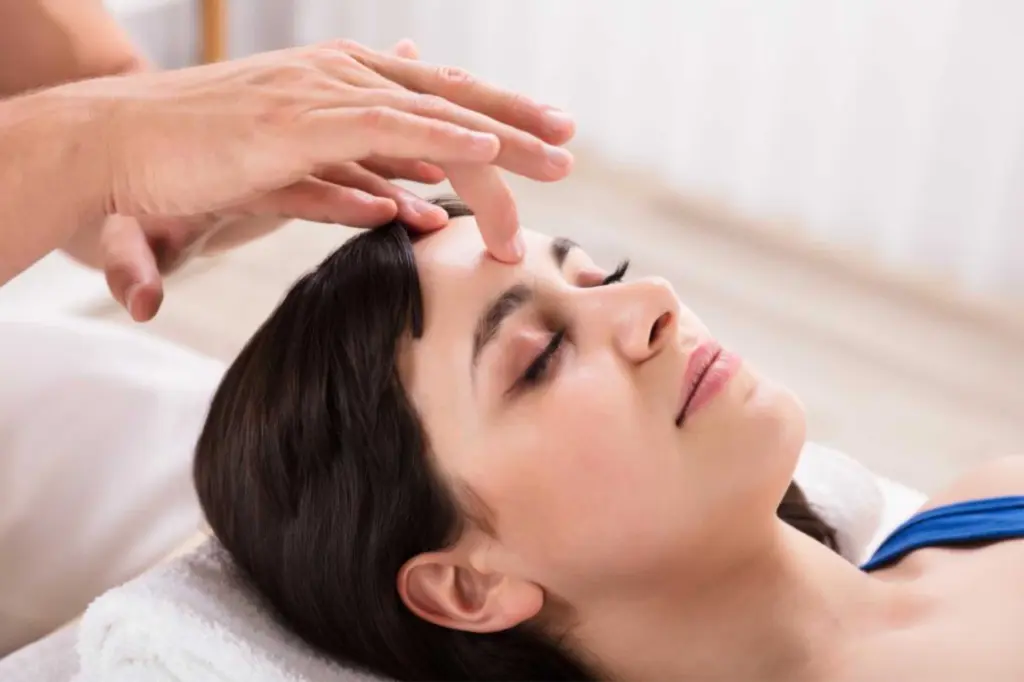
Acupressure points: Are you looking for a natural way to ease everyday aches without constantly reaching for a pill? Enter acupressure, an age-old practice from Traditional Chinese Medicine that’s still widely used today. You don’t need gadgets or special training. You can just press specific points on the body to help relieve discomfort and support overall balance.
What is acupressure?
Think of acupressure as acupuncture’s needle-free cousin. Instead of needles, you use steady finger pressure on specific acupoints. In Traditional Chinese Medicine, vital energy (qi) moves along meridians throughout the body; when that flow is disrupted, you may feel pain, tightness, or general discomfort. Applying pressure to targeted points is believed to help restore flow, boost circulation, and relax tense muscles.
Also Read | Acupressure for migraines: Does it really work?
Which of the acupressure points cure headaches?
Headaches can derail your day, whether they’re from stress, screen time, or slouched posture. Two classic acupressure points may help ease the tension:
LI4 (hand point): In the fleshy web between your thumb and index finger. Using the opposite thumb, press and hold firm, steady pressure for 1–2 minutes, then switch hands. This technique is commonly employed to alleviate tension headaches and stress.
GB20 (neck point): At the base of your skull, in the small hollows on either side of the neck muscles. Place your thumbs in the hollows and press upward and inward for 1–2 minutes, keeping your shoulders relaxed. It is particularly helpful when head pain stems from neck tightness.
Which are the acupressure points that cure back pain?
While acupressure isn’t a fix for serious spine problems, it may help ease tension and discomfort.
GB30 (outer hip/buttock): Find it on the outer buttock, about one-third of the way from the hip bone toward the start of the buttock crease. Apply firm, steady pressure with your thumb or knuckles for 1–2 minutes on each side. Many people use this point to ease sciatica-type and hip-related muscle pain.
KI3 (inner ankle point—often miswritten as “K13”): The inner ankle point, also known as KI3, is in the hollow between the inner ankle bone and the Achilles tendon. Press steadily with your thumb for 1–2 minutes per side. It is commonly used to support lower-back comfort and overall stability.
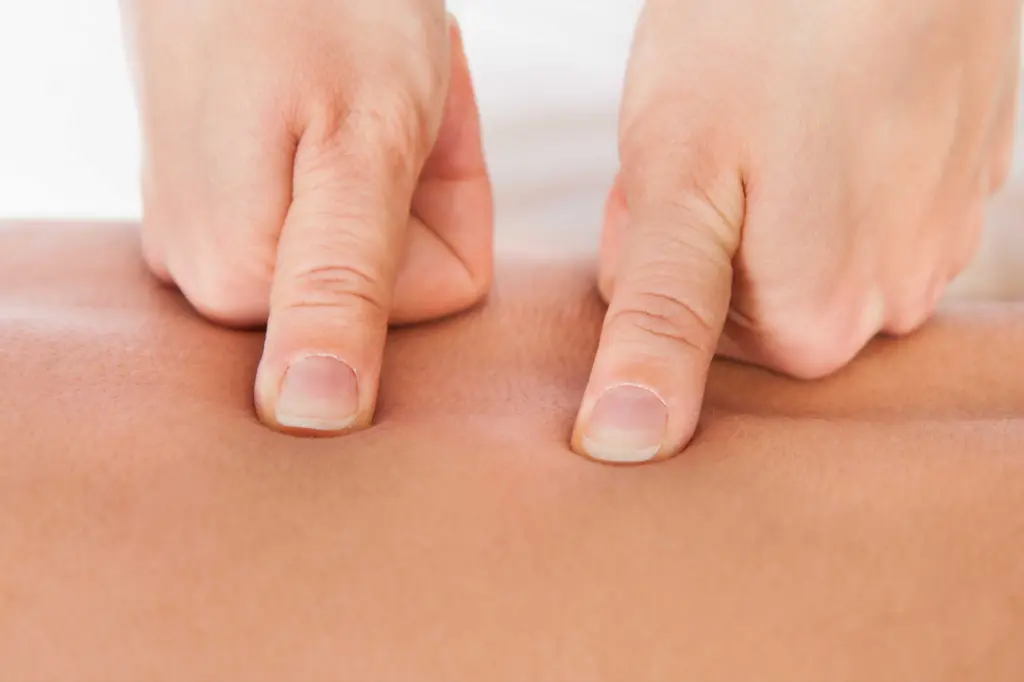
Acupressure points for stress relief:
Acupressure can calm the nervous system and give you a quick reset.
PC6 (inner wrist): Measure about three finger-widths up from the wrist crease on the inner forearm, between the two prominent tendons. Press with your thumb for 1–2 minutes, breathing slowly. This technique is commonly used to alleviate anxiety and nausea.
HT7 (wrist crease, pinky side): On the wrist crease toward the little-finger side (just beside the small wrist bone). Apply gentle pressure in small circles for 1–2 minutes.
How to do acupressure correctly?
While acupressure is generally safe, here are a few things to keep in mind:
- Apply firm but gentle pressure; don’t bruise yourself.
- Hold each point for 30 seconds to 2 minutes while breathing deeply.
- Use both hands if possible for balance.
- Don’t press directly on broken skin, varicose veins, or areas with swelling.
Also Read | Acidity and indigestion? Try these ayurvedic natural remedies at home
Acupressure is a simple yet powerful tool that you can literally carry in your hands. Whether it’s a nagging headache, back pain after a long day, or the stress of modern life, these gentle pressure points offer you natural relief.





